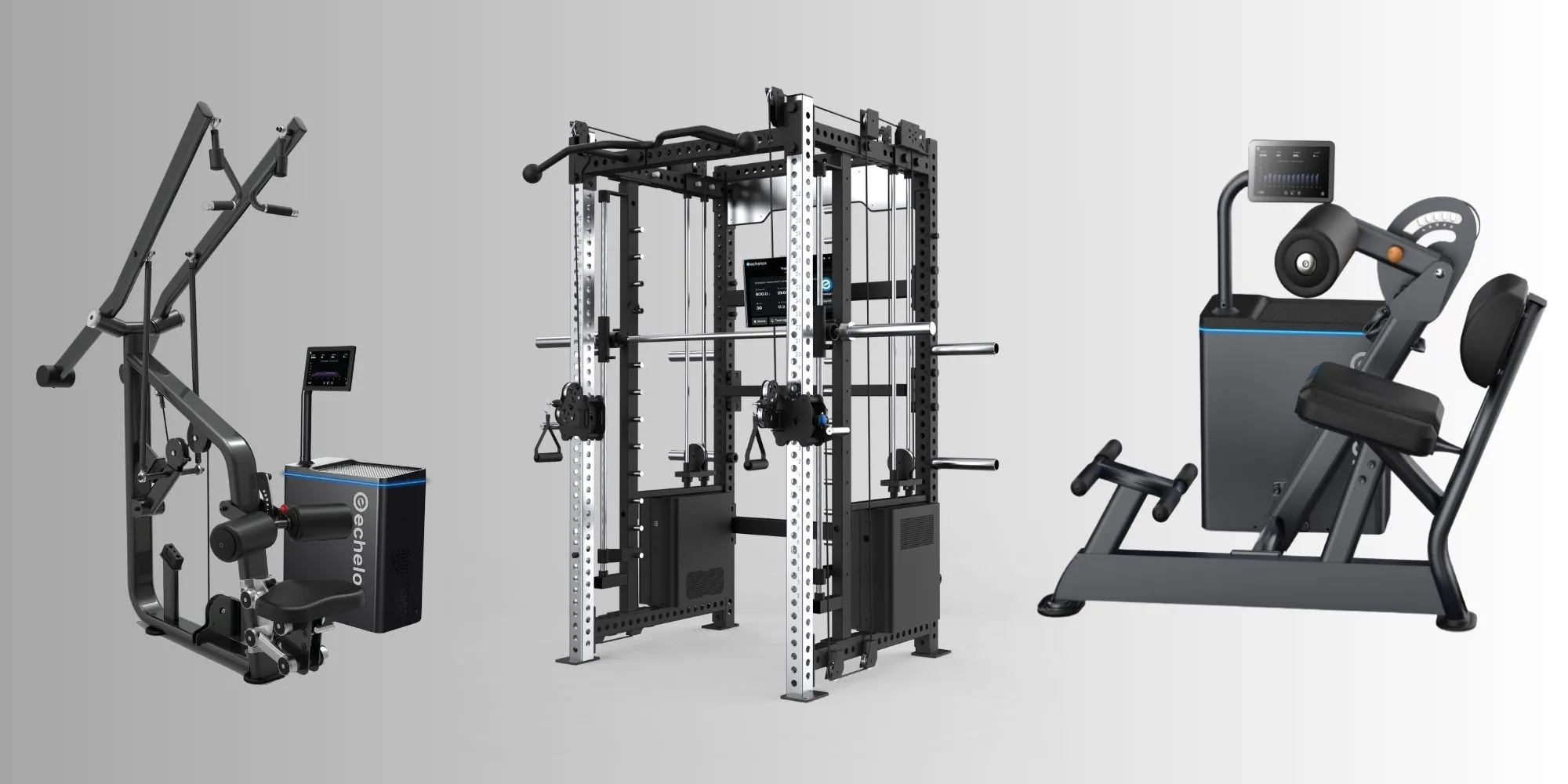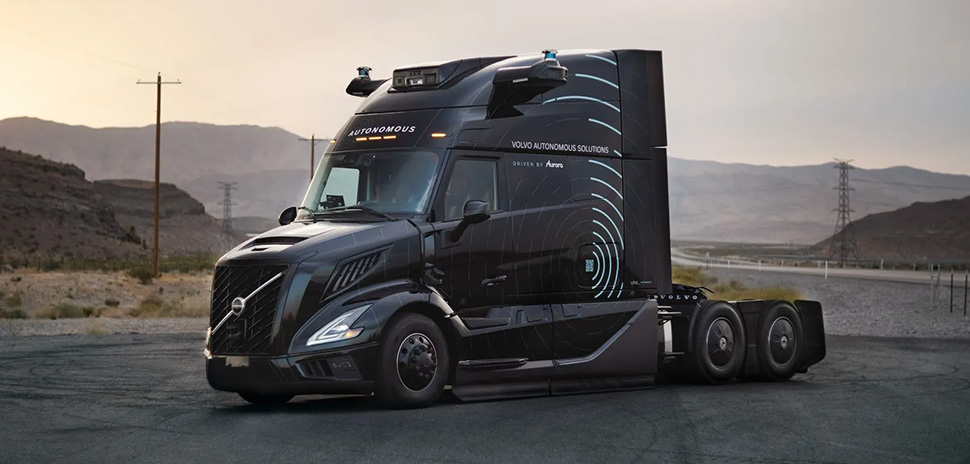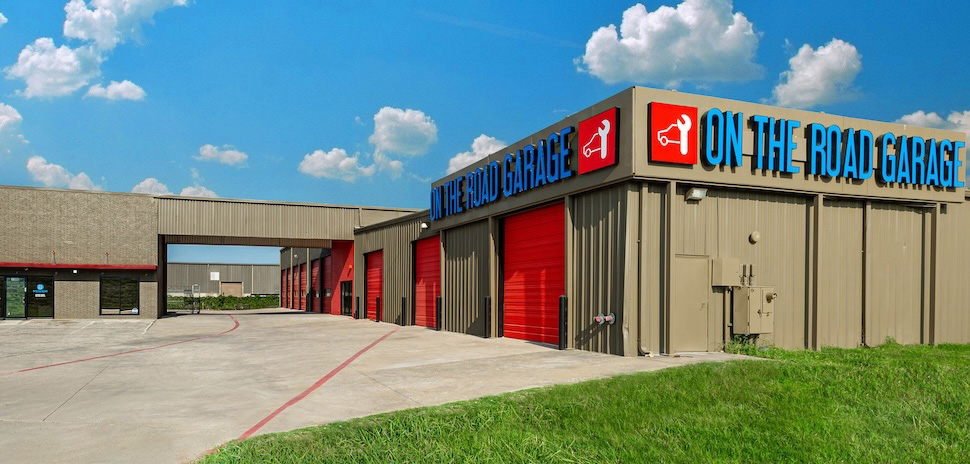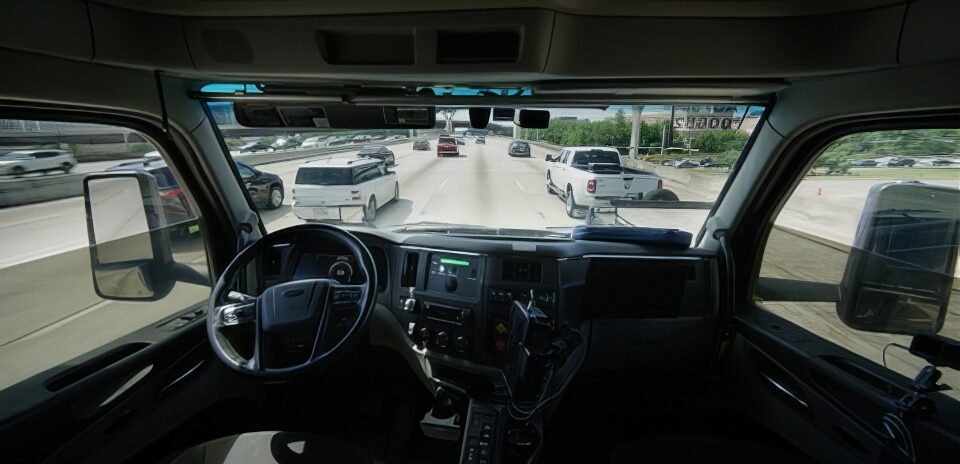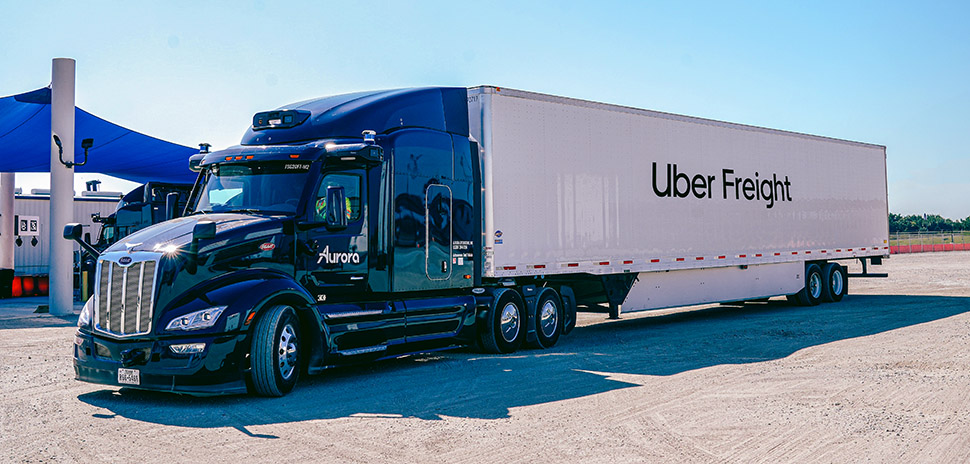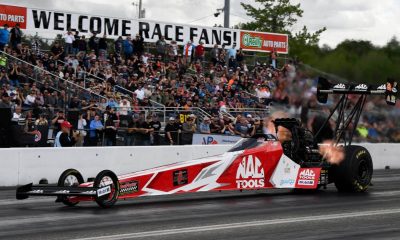
luxury sports cars market
“
The Luxury & Sports Cars market is undergoing a period of dynamic expansion, fueled by a confluence of factors including burgeoning disposable incomes in emerging economies, rapid technological advancements in automotive engineering, and an increasing consumer desire for personalized and high-performance vehicles. These vehicles are no longer solely symbols of status, but increasingly represent technological prowess and a commitment to sustainable performance. Electrification is rapidly transforming the sector, with hybrid and fully electric models gaining significant traction, driven by stringent emissions regulations and growing environmental awareness. Furthermore, the integration of advanced driver-assistance systems (ADAS), cutting-edge infotainment, and connectivity features is enhancing the driving experience and attracting a tech-savvy consumer base. The market also plays a crucial role in addressing global challenges by pushing the boundaries of automotive innovation, particularly in areas such as fuel efficiency, safety, and autonomous driving. This constant evolution and commitment to excellence position the luxury and sports car market as a key indicator of broader automotive industry trends and a significant contributor to global economic growth.
Get the full PDF sample copy of the report: (TOC, Tables and figures, and Graphs) https://www.consegicbusinessintelligence.com/request-sample/2693
Market Size:
The Luxury & Sports Cars Market size is estimated to reach over USD 1,054.53 Billion by 2032 from a value of USD 652.43 Billion in 2024. The market is projected to grow by USD 681.44 Billion in 2025, growing at a CAGR of 6.7% from 2025 to 2032.
Definition of Market:
The Luxury & Sports Cars market encompasses the production, distribution, and sale of high-end automobiles designed to provide superior levels of comfort, performance, and exclusivity. This market segment is characterized by vehicles that offer advanced technologies, premium materials, and distinctive styling. The market includes a range of vehicle types, from high-performance sports cars designed for speed and agility to luxurious sedans offering unparalleled comfort and refinement.
Key terms associated with this market include:
Luxury Car: Vehicles offering a high level of comfort, features, and quality beyond that of standard automobiles. They often include premium materials, advanced technology, and enhanced performance capabilities.
Sports Car: Vehicles designed with a focus on performance, handling, and driver engagement. They typically feature powerful engines, responsive steering, and aerodynamic designs.
Supercar: A high-performance sports car, often with limited production runs, offering extreme levels of speed, handling, and exclusivity.
Hybrid Vehicle: A vehicle that combines a traditional internal combustion engine with an electric motor and battery system to improve fuel efficiency and reduce emissions.
Electric Vehicle (EV): A vehicle powered solely by an electric motor and battery system, producing zero tailpipe emissions.
Autonomous Driving: Technology that allows vehicles to operate with minimal or no human intervention. It is often implemented through Advanced Driver Assistance Systems (ADAS).
Get Discount On Report @ https://www.consegicbusinessintelligence.com/request-discount/2693
Market Scope and Overview:
The Luxury & Sports Cars market spans a wide range of technologies, applications, and industries. This market includes the design, engineering, manufacturing, and sales of vehicles equipped with advanced features such as cutting-edge engine technology, sophisticated suspension systems, advanced driver-assistance systems (ADAS), and premium interior finishes. The applications of these vehicles extend beyond personal transportation to include motorsports, luxury travel, and high-performance driving experiences. The industries served by this market encompass automotive manufacturers, suppliers of components and materials, dealerships, aftermarket service providers, and technology companies specializing in automotive innovation.
The Luxury & Sports Cars market plays a vital role in the larger context of global automotive trends. It drives innovation in areas such as electrification, autonomous driving, and connectivity, which eventually permeate the broader automotive market. This market sets benchmarks for performance, safety, and luxury, influencing consumer expectations and technological development across the entire automotive industry. Furthermore, the demand for luxury and sports cars reflects underlying economic trends and consumer preferences, making it a key indicator of overall market health and societal priorities. As global awareness of environmental sustainability grows, the luxury and sports car market is also responding by embracing electrification and developing eco-friendly materials and manufacturing processes. This demonstrates the market’s capacity to adapt and lead in the face of evolving societal demands and environmental concerns.
Top Key Players in this Market
Audi (Germany) BMW (Germany) Cadillac (U.S.) Genesis (South Korea) Jaguar Land Rover (U.K.) Lexus (Japan) Maserati (Italy) Mercedes-Benz (Germany) Porsche (Germany) Volvo (Germany)
Market Segmentation:
The Luxury & Sports Cars market can be segmented in the following ways:
By Vehicle Type: This segment includes SUVs, Sedans/Hatchbacks, and Sports/Super Luxury Cars. SUVs are gaining popularity for their combination of luxury and practicality. Sedans/Hatchbacks offer a balance of comfort and performance, while Sports/Super Luxury Cars focus on high performance and exclusivity.
By Propulsion: This segment is divided into Electric/Hybrid and ICE (Internal Combustion Engine) vehicles. Electric/Hybrid vehicles are experiencing rapid growth due to increasing environmental awareness and government incentives. ICE vehicles still hold a significant share but are gradually being replaced by more sustainable options.
By Component: This segment includes Drivetrain, Interior, Body, Electronics, and Chassis. Each component plays a crucial role in the performance, comfort, and safety of luxury and sports cars. Innovations in each of these areas contribute to the overall market growth.
Market Drivers:
Technological Advancements: Continuous innovation in engine technology, materials science, and electronic systems is driving the development of more powerful, efficient, and safer luxury and sports cars.
Government Policies: Stringent emissions regulations and incentives for electric vehicles are encouraging manufacturers to invest in hybrid and electric models.
Increasing Demand for Sustainability: Growing consumer awareness of environmental issues is driving demand for electric and hybrid luxury and sports cars.
Rising Disposable Incomes: Increasing wealth, especially in emerging markets, is enabling more consumers to afford luxury and sports cars.
Desire for Personalized Experiences: The ability to customize and personalize vehicles to individual tastes is a major draw for luxury car buyers.
Market Key Trends:
Electrification: The shift towards electric and hybrid powertrains is transforming the luxury and sports car market.
Autonomous Driving: The integration of advanced driver-assistance systems (ADAS) is making luxury and sports cars safer and more convenient to drive.
Connectivity: The increasing integration of connectivity features, such as over-the-air updates and smartphone integration, is enhancing the ownership experience.
Personalization: Manufacturers are offering a wider range of customization options to cater to individual consumer preferences.
Focus on Sustainability: A growing emphasis on sustainable materials and manufacturing processes is becoming increasingly important.
Market Opportunities:
Expansion in Emerging Markets: Untapped potential in countries with rapidly growing economies and increasing disposable incomes.
Development of Advanced Technologies: Opportunities to innovate in areas such as autonomous driving, electrification, and connectivity.
Customization and Personalization: Expanding the range of customization options to cater to individual consumer preferences.
Subscription Services: Offering subscription-based access to luxury and sports cars can attract a wider range of customers.
Sustainable Materials and Manufacturing: Investing in eco-friendly materials and production processes can appeal to environmentally conscious consumers.
Market Restraints:
High Initial Costs: The high price of luxury and sports cars can be a barrier to entry for many consumers.
Stringent Regulations: Increasingly strict emissions and safety regulations can increase the cost of development and production.
Economic Uncertainty: Economic downturns can negatively impact demand for luxury goods, including luxury and sports cars.
Infrastructure Limitations: The lack of charging infrastructure for electric vehicles can limit their adoption in some regions.
Geographic Limitations: Demand for certain types of luxury and sports cars may be limited in some regions due to factors such as climate and road conditions.
Market Challenges:
The Luxury & Sports Cars market faces a multifaceted array of challenges that demand strategic adaptation and innovative solutions from industry players. One of the most significant challenges is the escalating pressure to meet increasingly stringent environmental regulations, particularly concerning emissions and fuel efficiency. Manufacturers are compelled to invest heavily in the development of electric and hybrid powertrains, as well as lightweight materials, to comply with these regulations while maintaining the performance and driving experience that define luxury and sports cars. This necessitates substantial R&D expenditures and a shift in manufacturing processes, which can impact profitability.
Another critical challenge is managing the supply chain disruptions that have become increasingly prevalent in recent years. Shortages of semiconductors and other essential components have disrupted production schedules and increased costs, impacting the ability of manufacturers to meet demand. Building resilient and diversified supply chains is essential to mitigate these risks, but it requires significant investment and strategic partnerships.
Furthermore, the market is facing evolving consumer expectations and preferences. Younger generations of buyers are placing greater emphasis on sustainability, connectivity, and personalized experiences. Manufacturers must adapt their products and services to cater to these changing demands, which requires a deeper understanding of consumer behavior and a willingness to embrace new technologies and business models. This includes offering a wider range of customization options, integrating advanced connectivity features, and exploring alternative ownership models such as subscription services.
Competition is also intensifying, with new entrants from the electric vehicle sector challenging established luxury car brands. These new players are often more agile and innovative, and they are disrupting the market with their focus on electric powertrains, advanced technology, and direct-to-consumer sales models. To remain competitive, established manufacturers must embrace innovation, streamline their operations, and differentiate their products and services through superior quality, performance, and brand reputation.
Finally, the market is grappling with the ethical and social implications of autonomous driving technology. Ensuring the safety and reliability of autonomous systems is paramount, and manufacturers must address concerns about data privacy, cybersecurity, and the potential displacement of human drivers. This requires collaboration with regulators, technology companies, and other stakeholders to develop robust standards and regulations that promote responsible innovation and public trust.
Market Regional Analysis:
The Luxury & Sports Cars market exhibits diverse dynamics across different regions, influenced by unique economic, social, and regulatory factors. North America and Europe have historically been major markets for luxury vehicles, driven by high disposable incomes and a strong preference for premium brands. However, stricter emissions regulations and growing environmental awareness are accelerating the adoption of electric and hybrid models in these regions.
The Asia-Pacific region, particularly China, represents a significant growth opportunity for the Luxury & Sports Cars market. The rapid economic growth in these countries has led to a surge in demand for luxury goods, including high-end automobiles. In addition, the Asia-Pacific market presents specific tastes and needs, such as a higher preference for chauffeur-driven experiences and longer wheelbases, leading to customized models catered to these regional needs.
Other regions, such as the Middle East and Latin America, also offer potential for growth, albeit with unique challenges. The Middle East is characterized by a strong preference for high-performance vehicles and a willingness to spend on luxury goods. Latin America, on the other hand, is more price-sensitive and faces economic instability, which can impact demand for luxury vehicles. Understanding these regional nuances is crucial for manufacturers to develop effective market entry and growth strategies.
Frequently Asked Questions:
What is the projected growth of the Luxury & Sports Cars market?
The Luxury & Sports Cars market is projected to grow at a CAGR of 6.7% from 2025 to 2032, reaching over USD 1,054.53 Billion by 2032.
What are the key trends driving growth in this market?
Key trends include the increasing adoption of electric and hybrid powertrains, the integration of advanced driver-assistance systems, and the growing demand for personalized vehicles.
What are the most popular Market types?
The most popular Market types include SUVs, Sedans, and Sports Cars, each catering to different consumer preferences and needs.
Follow us on:
https://www.linkedin.com/company/tech-futures-forum/
https://www.linkedin.com/company/trend-realm/
https://www.linkedin.com/company/data-trail-mru/
https://www.linkedin.com/company/insight-grid/
https://www.linkedin.com/company/digital-disruption-digest/“
Contact Us:
Consegic Business intelligence Pvt Ltd
Baner Road, Baner, Pune, Maharashtra – 411045
(US) (505) 715-4344
info@consegicbusinessintelligence.com
sales@consegicbusinessintelligence.com
Web – https://www.consegicbusinessintelligence.com/
About Us:
Consegic Business Intelligence is a data measurement and analytics service provider that gives the most exhaustive and reliable analysis available of global consumers and markets. Our research and competitive landscape allow organizations to record competing evolutions and apply strategies accordingly to set up a rewarding benchmark in the market. We are an intellectual team of experts working together with the winning inspirations to create and validate actionable insights that ensure business growth and profitable outcomes.
We provide an exact data interpretation and sources to help clients around the world understand current market scenarios and how to best act on these learnings. Our team provides on-the-ground data analysis, Portfolio Expansion, Quantitative and qualitative analysis, Telephone Surveys, Online Surveys, and Ethnographic studies. Moreover, our research reports provide market entry plans, market feasibility and opportunities, economic models, analysis, and an advanced plan of action with consulting solutions. Our consumerization gives all-inclusive end-to-end customer insights for agile, smarter, and better decisions to help business expansion.
Connect with us on:
LinkedIn – https://www.linkedin.com/company/consegic-business-intelligence/
YouTube – https://www.youtube.com/@ConsegicBusinessIntelligence22
Facebook – https://www.facebook.com/profile.php?id=61575657487319
X – https://x.com/Consegic_BI
Instagram – https://www.instagram.com/cbi._insights/
This release was published on openPR.


